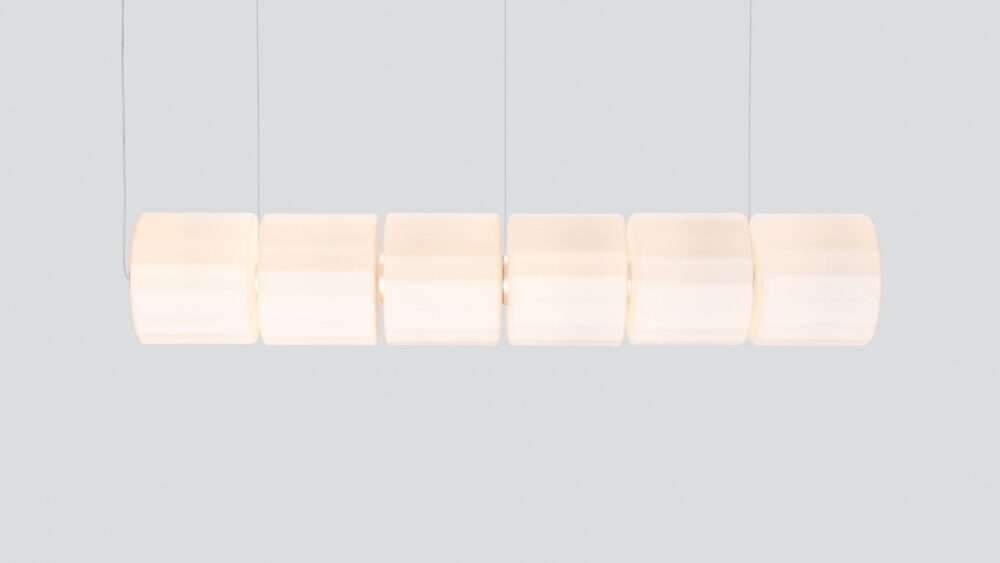Embracing Nature and Resilience: Victory Bay House on Kiawah Island
Nestled amidst the serene landscape of Kiawah Island, the Victory Bay House stands as a testament to thoughtful design and environmental stewardship. Crafted by the local architecture studio Habitable Form, this timber-clad dwelling harmonizes with its surroundings while offering respite from the storms and flooding that characterize its Atlantic Seaboard location. Let’s explore the design principles and unique features that define this remarkable coastal retreat.
Contextual Sensitivity and Retreat-like Design
Situated within a grove of majestic oak trees on Kiawah Island, Victory Bay House is a retreat-like haven designed to blend seamlessly with its natural surroundings. The architects at Habitable Form drew inspiration from the site’s lush vegetation and neighboring park, crafting a design concept that emphasizes connectivity and tranquility. The house serves as a sanctuary for a retired couple seeking solace and connection with nature, as well as a gathering place for their extended family.
Vernacular Influences and Lowcountry Aesthetics
Informed by the vernacular architecture of the Lowcountry region, Victory Bay House pays homage to traditional Southern design while incorporating modern elements for comfort and functionality. Taking cues from the region’s iconic homes with their large porches and sun-protection features, the residence embodies a timeless aesthetic that blends heritage with contemporary living. The use of modified wood siding from Kebony adds warmth and texture to the exterior, while ensuring durability and resilience against the elements.
Vertical Orientation and Minimal Site Disturbance
To minimize disturbance to the oak trees and mitigate the risk of flooding, Victory Bay House features a three-story vertical orientation with an L-shaped footprint. This thoughtful design approach not only preserves the natural beauty of the site but also maximizes views and natural light penetration. The elevated main level, constructed above the ground, offers protection from potential flooding, while the ground level accommodates non-conditioned spaces such as a garage, storage areas, and an outdoor shower.
Functional Layout and Coastal Living Spaces
The interior layout of Victory Bay House is carefully curated to balance privacy, functionality, and connection to the outdoors. The main level encompasses the public zone, including a spacious living room, kitchen, dining area, and outdoor living space for seamless indoor-outdoor living. A guest bedroom provides accommodation for visitors, while the top floor features a primary bedroom suite and a private apartment area with additional bedrooms and a treetop porch.
Resilient Construction and Sustainable Practices
In response to the region’s high wind conditions and hurricane risks, Victory Bay House incorporates resilient construction techniques and materials. The use of concrete, timber framing, and steel moment frames ensures structural integrity and safety during extreme weather events. Additionally, sustainable practices such as elevated construction, natural ventilation, and bio-based treatments for wood siding contribute to the home’s environmental performance and longevity.
Conclusion: A Coastal Sanctuary Rooted in Tradition and Innovation
In conclusion, Victory Bay House exemplifies the seamless integration of architecture, nature, and resilience. Habitable Form’s thoughtful approach to design, informed by the site’s context and environmental considerations, has resulted in a coastal sanctuary that embraces the beauty of its surroundings while offering comfort, durability, and functionality. As a retreat for its occupants and a symbol of architectural excellence, Victory Bay House stands as a testament to the enduring allure of coastal living and the importance of sustainable, context-sensitive design.
Finally, find out more on ArchUp:












